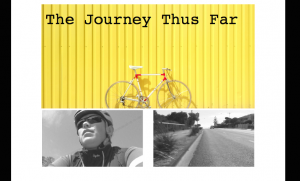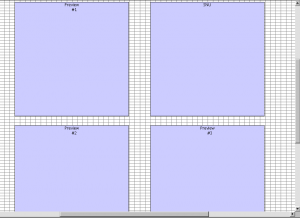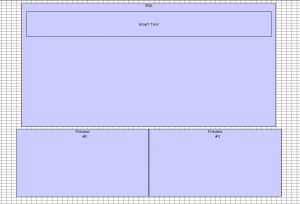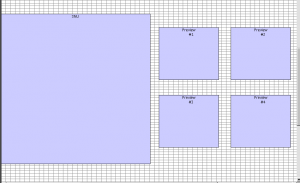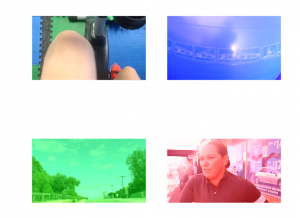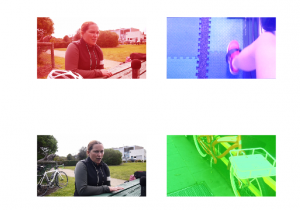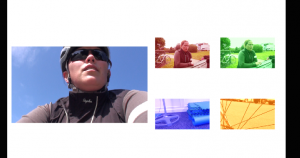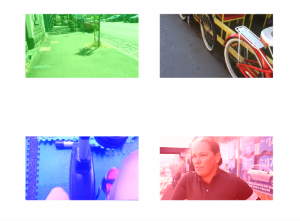Depression Quest led me on a journey, not just any, but an emotional one. It is designed in a way that the reader became the protagonist, connected the viewer with the story created. They give us the options to play with, and to determine the fate of our character, instead they have written different ways of introducing the next chapter. It was created to show the user what it is like to be someone that is depressed, and how we would feel, making decisions that were all bad.
I was hooked from the moment the story started giving me options to choose from, which was two or three pages in, which meant that I was engaging with the story early on, so that I was paying attention the whole way through, and didn’t loose any interest. The beginning was even interactive, as in they didn’t have options to choose from, but included links to another section of the story, or background information. This helped to set up the story, and how we could relate to the protagonist, giving us the right amount of information to then be placed in his shoes.
Throughout the interactive story, the character is developed from what the reader chooses, an example of cause and effect. What we chose had an outcome on the following page, allowing us to peel yet another layer of this character, to keep trying to understand what his desires are, and what the outcome of this story might or could be. I think that an interactive story is one of the best way to engage with the characters, because we have to choose their path. However to choose the different paths, we have had to come across information that has stuck in our minds. The way the creator has crossed out the positive outcomes when it is our turn to decide the next path of the journey, it means we are left with all bad choices, that we would never pick. This means we are then picking ones that we think the protagonist should choose, in order to get his life back on track. However we are then faced with more negative outcomes. This gave me a real sense of being emotionally damaged, as the protagonist is, and at the end I felt sad, and unable to come to terms with how someone could ever feel like this.
Depression Quest has used narrative, audience and technology to relay the story, where the narrative is shown through the different platform, where it is similar to choose your own adventure. It is a way of engaging the audience by having the narrative submerged into the game on multiple platforms and levels. This story works with the technology, due to the links being so accessible, meaning the user just has to click on a word to reach another segment of the story, allowing the simple and easy to use feature a positive aspect for this transmedia storytelling. Technology is a way to reach out to users on a larger scale, through the internet, where it is easier to engage with, and also the story is more coherent.
After interacting with this game, it just showed me how powerful something like this could be if it was executed correctly, and the character development was strong enough to handle the narrative. With interactive platforms, the last thing you want is for the user to become bored of the content, you want them to be engaging with it the whole way through. This is an element that I think could be very useful to my original story idea, where the user is lead to believe they are contributing to the overall narrative, and what they choose can determine the fate of the storyline.

